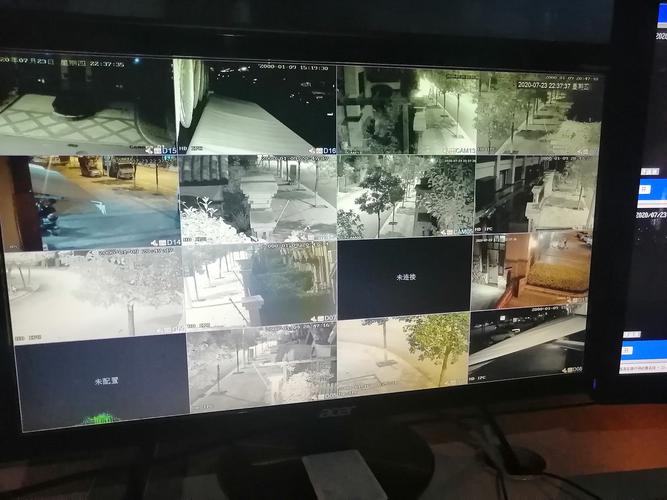Title: Implementing Fault Monitoring in Bitcoin Mining Farms
In the realm of cryptocurrency mining, particularly Bitcoin, efficient operations are imperative for profitability. With the increasing complexity of mining algorithms and the scale of operations in mining farms, ensuring uninterrupted functionality becomes paramount. Implementing a robust fault monitoring system can mitigate risks, minimize downtime, and optimize performance. Let's delve into the components and strategies for effective fault monitoring in Bitcoin mining farms.
Understanding Bitcoin Mining Farm Operations
Bitcoin mining farms are facilities equipped with specialized hardware, such as ASIC (ApplicationSpecific Integrated Circuit) miners, dedicated to solving complex mathematical puzzles to validate and secure transactions on the Bitcoin network. These farms require constant monitoring and maintenance to ensure optimal performance.
Components of Fault Monitoring System
1.
Hardware Monitoring:
Utilize sensors to monitor temperature, voltage, power consumption, and fan speed of ASIC miners and associated equipment.
Implement automated alerts for deviations from optimal operating conditions to preemptively identify potential hardware failures.
2.
Network Monitoring:
Monitor network connectivity and data transmission rates between mining rigs, pools, and the internet.

Employ tools to detect network congestion, latency issues, or potential cyber threats.
3.
Power Supply Monitoring:
Monitor power input and output to detect fluctuations, spikes, or outages.
Implement backup power solutions like uninterruptible power supplies (UPS) to prevent mining interruptions during power failures.
4.
Software Monitoring:
Continuously monitor mining software for performance anomalies, errors, or crashes.
Utilize logging and analytics tools to track software performance metrics and identify optimization opportunities.
Strategies for Effective Fault Monitoring
1.
RealTime Monitoring:
Implement a realtime monitoring system to promptly detect and respond to faults as they occur.
Utilize APIs and remote monitoring tools for centralized oversight of multiple mining rigs or farms.
2.
Automated Alerts and Notifications:
Configure automated alerting systems via email, SMS, or mobile apps to notify administrators of critical issues.
Set up escalation procedures to ensure timely response and resolution of identified faults.
3.
Data Analysis and Predictive Maintenance:
Collect and analyze historical data to identify patterns and trends indicative of potential future failures.
Implement predictive maintenance strategies to proactively address issues before they escalate into major disruptions.
4.
Redundancy and Disaster Recovery:
Establish redundant systems for critical components such as power supplies, networking infrastructure, and cooling systems.
Develop comprehensive disaster recovery plans to mitigate the impact of unforeseen events on mining operations.
Best Practices for Implementation
1.
Customization:
Tailor fault monitoring systems to the specific requirements and infrastructure of the mining farm.2.
Scalability:
Ensure that the monitoring system can scale effectively as the size and complexity of the mining operation grow.3.
Regular Maintenance:
Conduct regular audits and maintenance checks to verify the integrity and effectiveness of monitoring systems.4.
Continuous Improvement:
Periodically review and update monitoring strategies and technologies to adapt to evolving threats and challenges.Conclusion
Fault monitoring is indispensable for maintaining the operational efficiency and profitability of Bitcoin mining farms. By implementing a comprehensive monitoring system encompassing hardware, network, power supply, and software components, mining operators can proactively identify and address issues, minimize downtime, and optimize performance. Through realtime monitoring, automated alerts, predictive maintenance, and adherence to best practices, mining farms can enhance reliability, resilience, and competitiveness in the dynamic cryptocurrency landscape.
版权声明
本文仅代表作者观点,不代表百度立场。
本文系作者授权百度百家发表,未经许可,不得转载。
















评论